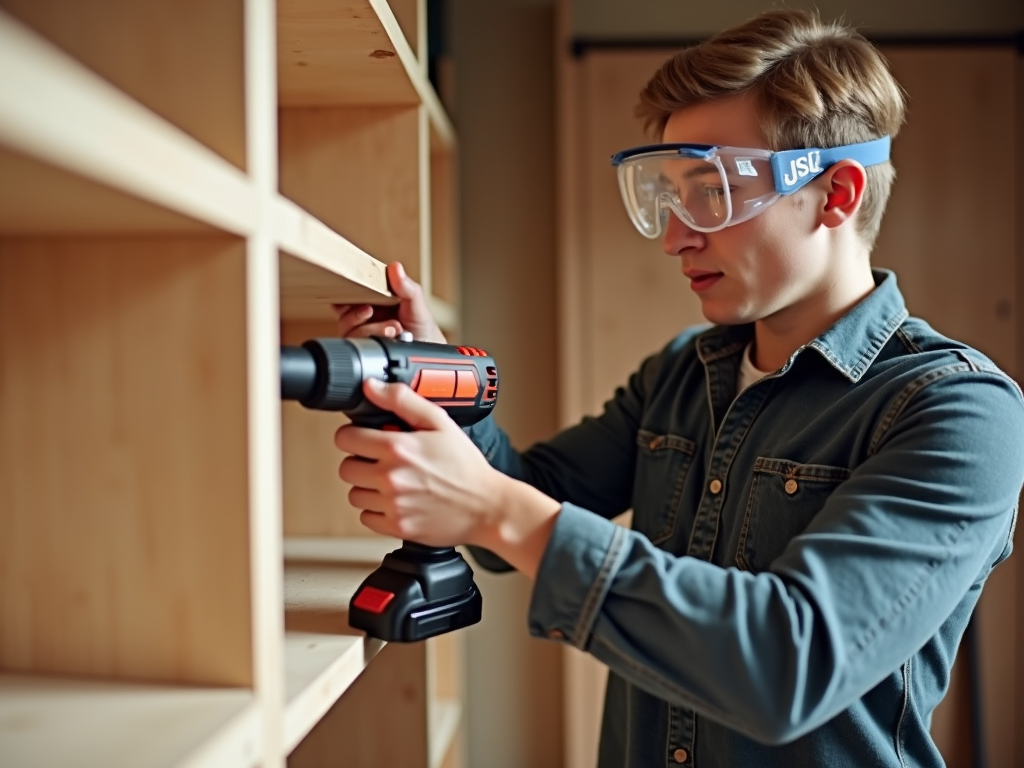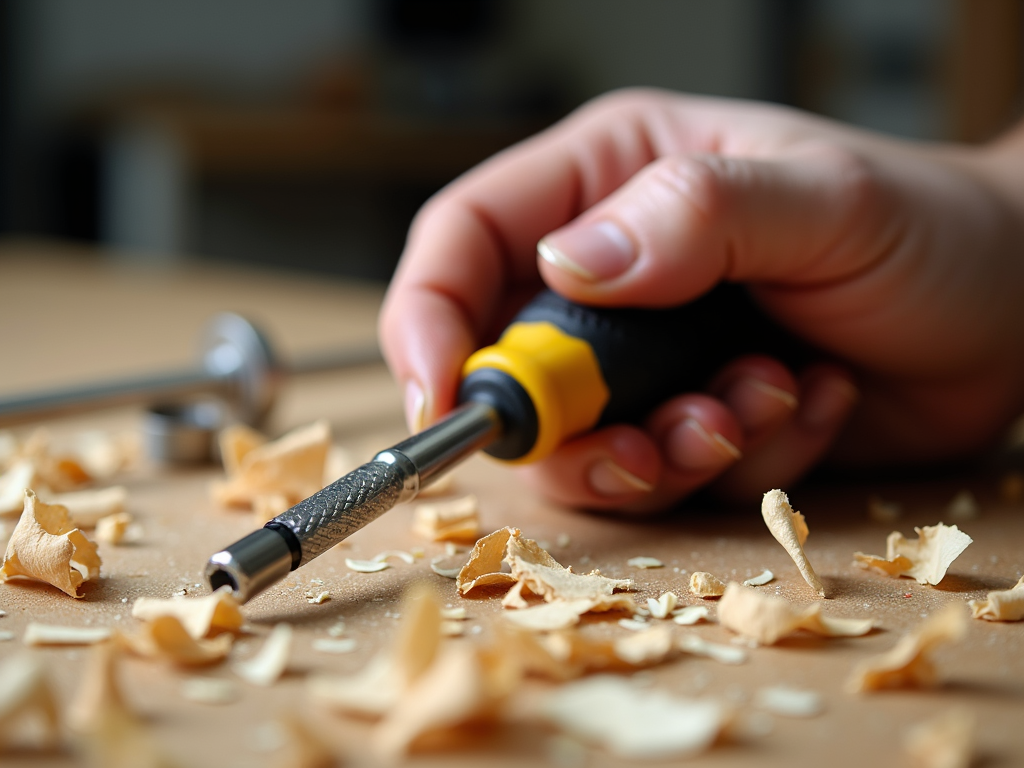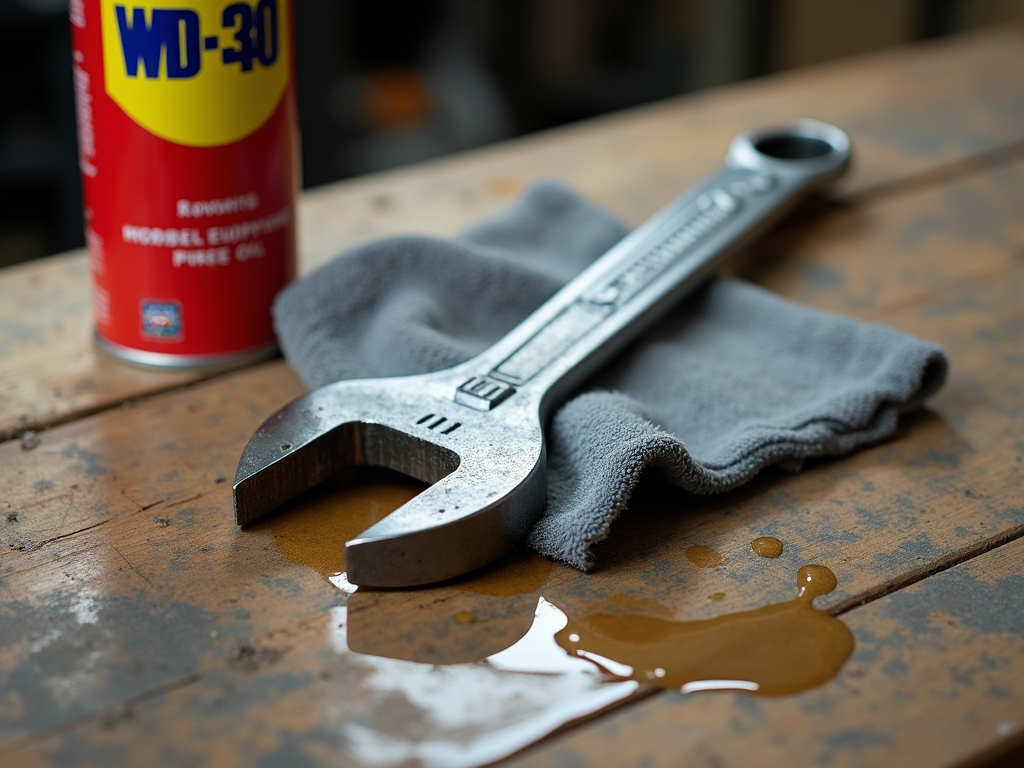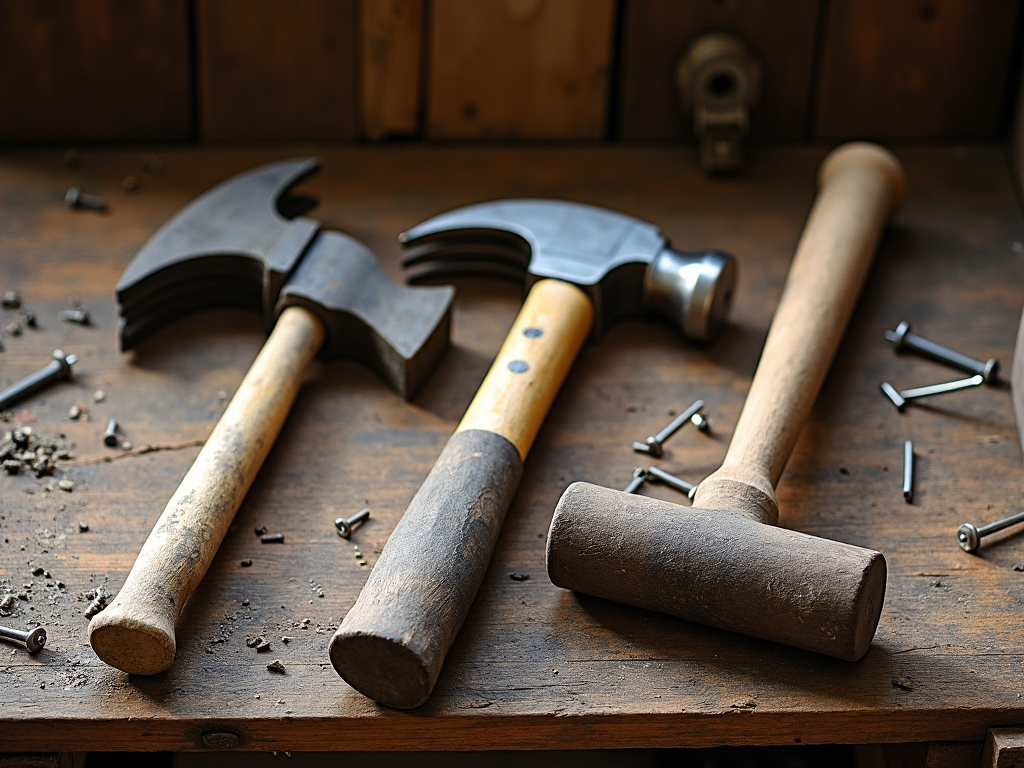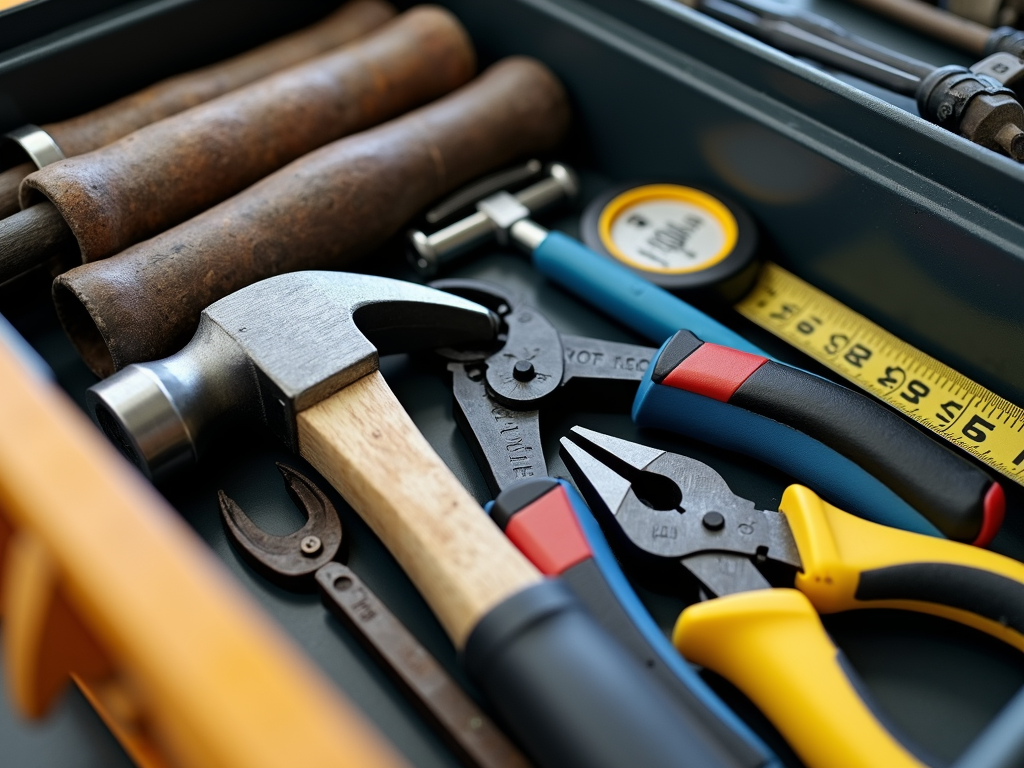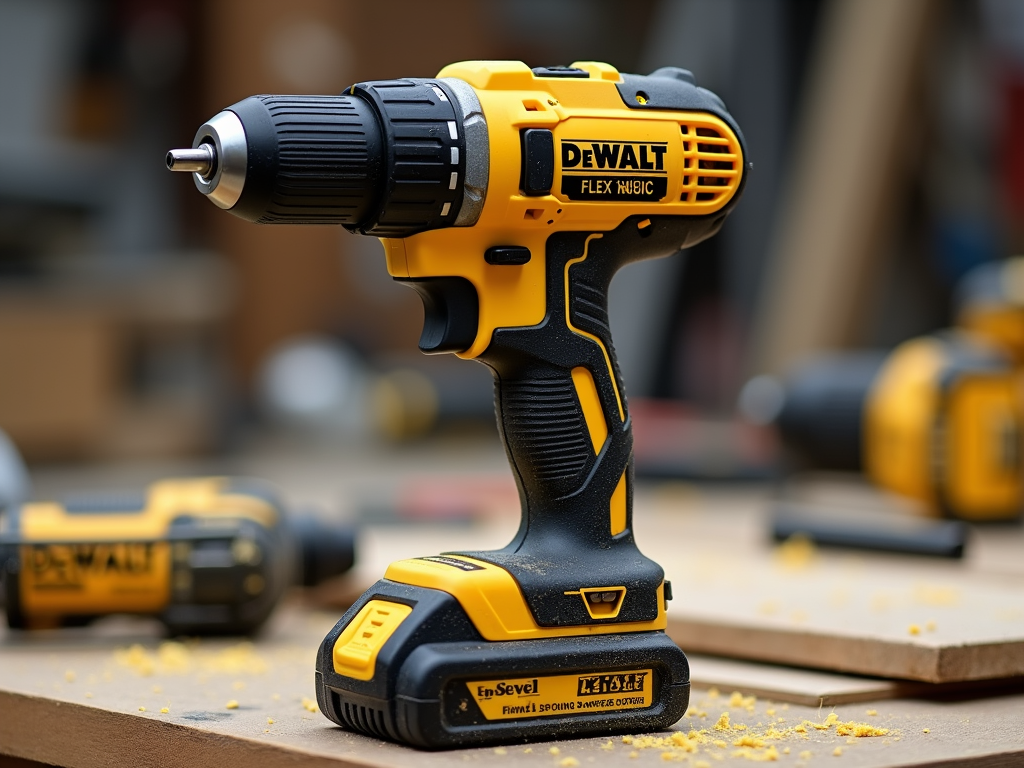Choosing the right wrench size is crucial for any DIY enthusiast or professional mechanic. A wrong size can lead to stripped bolts, damaged tools, or even personal injury. In this guide, we'll walk you through the process of selecting the perfect wrench size for your needs, ensuring you get the job done right the first time.
Understanding Wrench Sizes
Wrench sizes can be confusing, especially with the mix of metric and imperial measurements. Here's what you need to know:
- Metric wrenches are measured in millimeters (mm), while imperial wrenches are measured in inches.
- Common metric sizes range from 6mm to 24mm, while imperial sizes typically go from 1/4 inch to 1 inch.
- Some wrenches are labeled with both metric and imperial sizes, making them versatile for different jobs.
Personal Insight: When I first started working on cars, I was overwhelmed by the variety of wrench sizes. I quickly learned that having a good set of both metric and imperial wrenches is essential, as different vehicles and equipment may use different measurement systems.
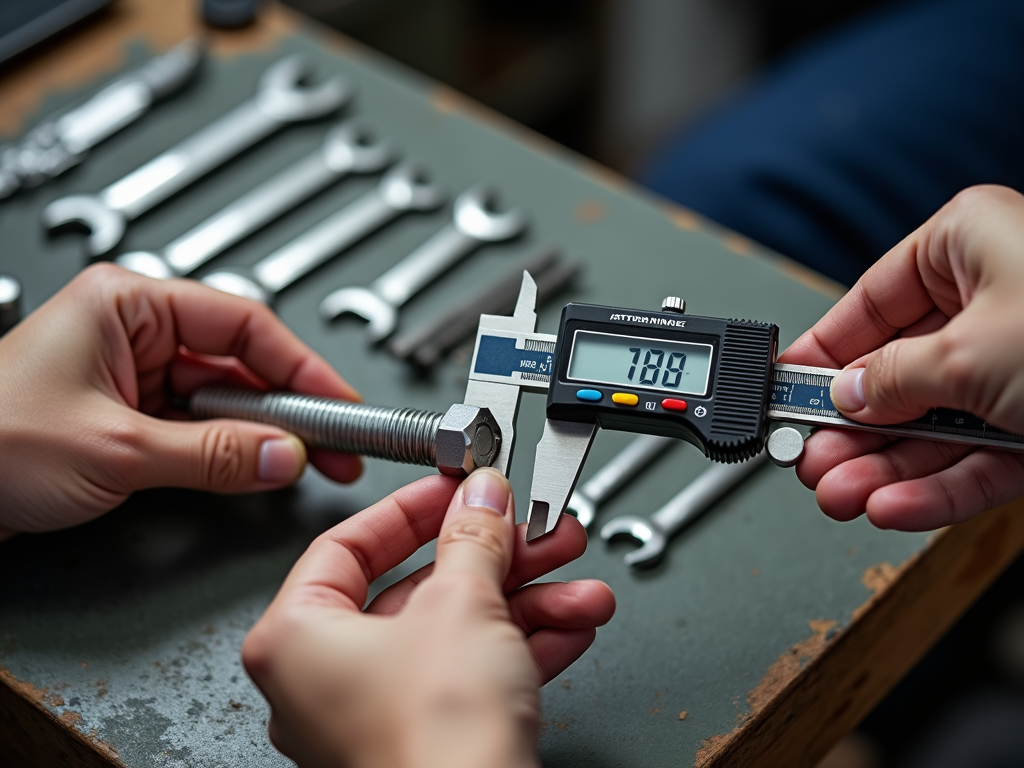
Identifying the Bolt or Nut Size
Before choosing a wrench, you need to know the size of the bolt or nut you'll be working with. Here's how to identify it:
- Use a caliper to measure the distance across the flats of the bolt head or nut.
- If you don't have a caliper, you can use a ruler or tape measure, but it may not be as accurate.
- For metric bolts, the size is usually stamped on the head. For imperial bolts, it might be marked with a fraction or a number.
Personal Insight: I always keep a digital caliper in my toolbox. It's a small investment that saves me a lot of time and hassle when identifying bolt sizes.
Choosing the Right Wrench Type
There are several types of wrenches, each with its own advantages:
- Open-end wrenches: Good for tight spaces but can slip off easily.
- Box-end wrenches: Provide a better grip but require more space to operate.
- Combination wrenches: Offer both open and box ends for versatility.
- Adjustable wrenches: Can fit various sizes but may not provide the best grip.
Personal Insight: I prefer combination wrenches for most jobs. They give me the flexibility to switch between open and box ends depending on the situation.
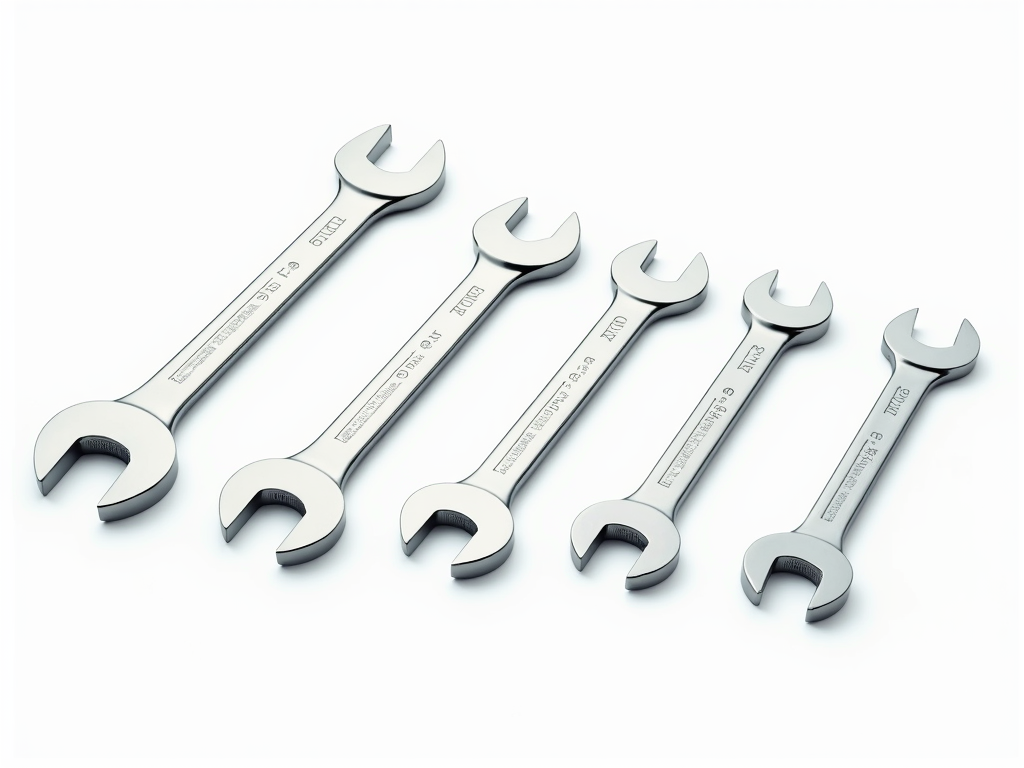
Matching the Wrench to the Bolt Size
Once you know the bolt size and the type of wrench you want to use, it's time to match them up:
- For metric bolts, use a metric wrench that matches the size exactly.
- For imperial bolts, use an imperial wrench that matches the size exactly.
- If you don't have the exact size, you can sometimes use a wrench that's slightly larger, but be careful not to round off the bolt head.
Personal Insight: I've made the mistake of using a wrench that was too big, and it ended up stripping the bolt. Now, I always double-check the size before starting a job.
Using Wrench Size Charts
Wrench size charts can be a lifesaver when you're not sure which size to use. Here's how to use them:
- Find a chart that lists common bolt sizes and their corresponding wrench sizes.
- Look up the bolt size you measured and find the recommended wrench size.
- Keep a printed chart in your toolbox for quick reference.
Personal Insight: I have a laminated wrench size chart taped to the inside of my toolbox lid. It's come in handy more times than I can count.
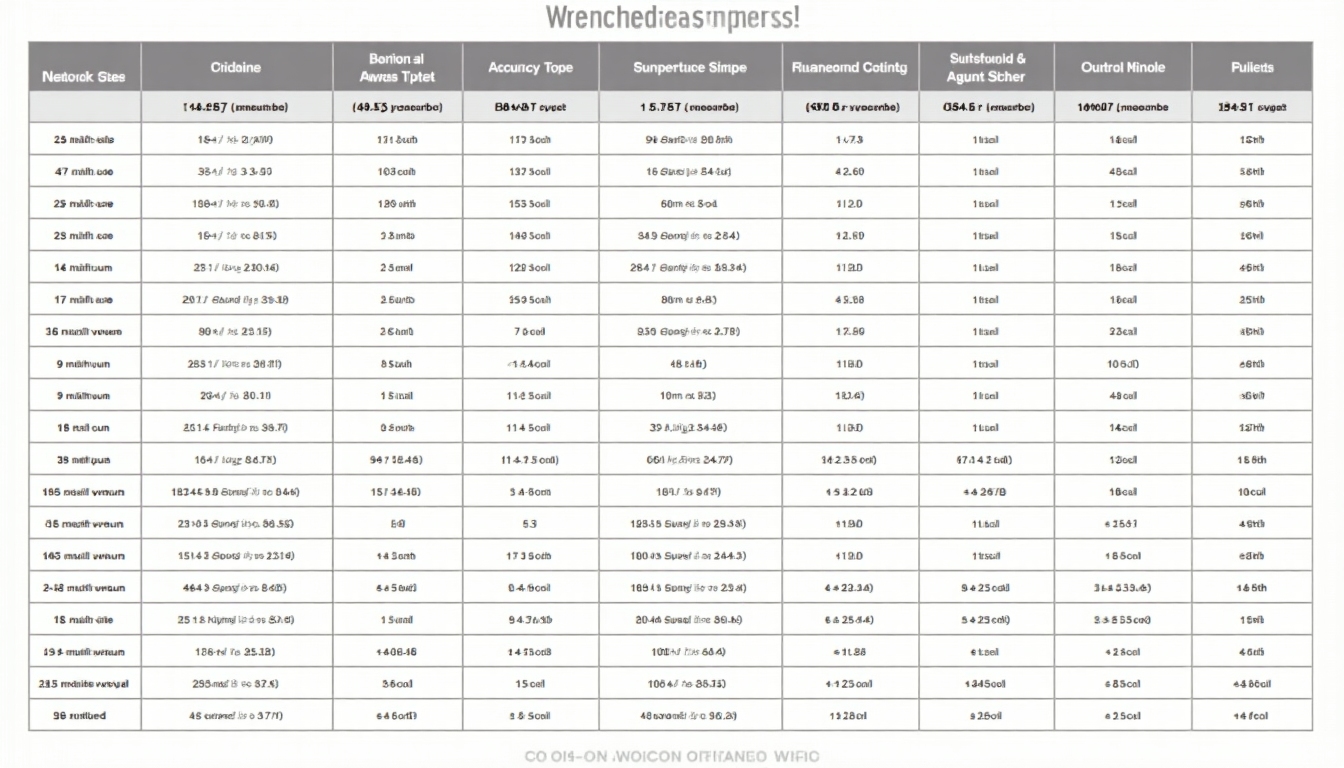
Considering the Wrench's Drive Size
For socket wrenches, the drive size is also important:
- Common drive sizes are 1/4 inch, 3/8 inch, and 1/2 inch.
- Smaller drive sizes are for lighter-duty work, while larger ones are for heavier tasks.
- Make sure your socket set matches the drive size of your ratchet.
Personal Insight: I started with a 3/8-inch drive set, which is a good all-around size for most automotive work. As I took on bigger projects, I invested in a 1/2-inch set for more torque.
Investing in Quality Wrenches
Quality matters when it comes to wrenches. Here's why:
- Cheap wrenches can break or wear out quickly, leading to frustration and potential injury.
- High-quality wrenches are made from durable materials and have precise tolerances for a better fit.
- Look for wrenches with a lifetime warranty for peace of mind.
Personal Insight: I once bought a bargain set of wrenches, and they started bending after just a few uses. Now, I stick with reputable brands that stand behind their products.

Organizing Your Wrenches
Keeping your wrenches organized can save you time and headaches:
- Use a wrench organizer or roll to keep them sorted by size.
- Label each slot with the wrench size for quick identification.
- Consider color-coding metric and imperial wrenches to avoid mix-ups.
Personal Insight: I use a magnetic wrench holder in my toolbox. It keeps everything in order and makes it easy to spot the size I need.

Summary
Choosing the right wrench size doesn't have to be complicated. By understanding wrench sizes, identifying bolt sizes accurately, selecting the appropriate wrench type, and investing in quality tools, you can tackle any job with confidence. Remember to keep your wrenches organized and refer to size charts when needed. With these tips, you'll be well-equipped to handle any wrench-related task that comes your way.
Related how to choose the right wrench size:
- Essential Tips for Tool Maintenance: A Comprehensive Guide
- Safety Tips Every Workman Should Know
- The Essential Toolkit: Must-Have Tools for DIY Enthusiasts
- Power Drills 101: Choosing the Right One
- Top 10 Innovative Workman Tools in 2024
- The Ultimate Guide to High-Quality Workman Tools for Professionals
- Ultimate Guide to DIY Tools Maintenance: Screwdriver Edition
- Wrench Care Basics: Keep Them Like New
- Understanding Hammer Dynamics and Ergonomics
- DIY Painting Hacks for Perfect Results
- DIY Maintenance Projects for Beginners: A Step-by-Step Guide
- Popular Brands for Workman Tools: A Comprehensive Guide


